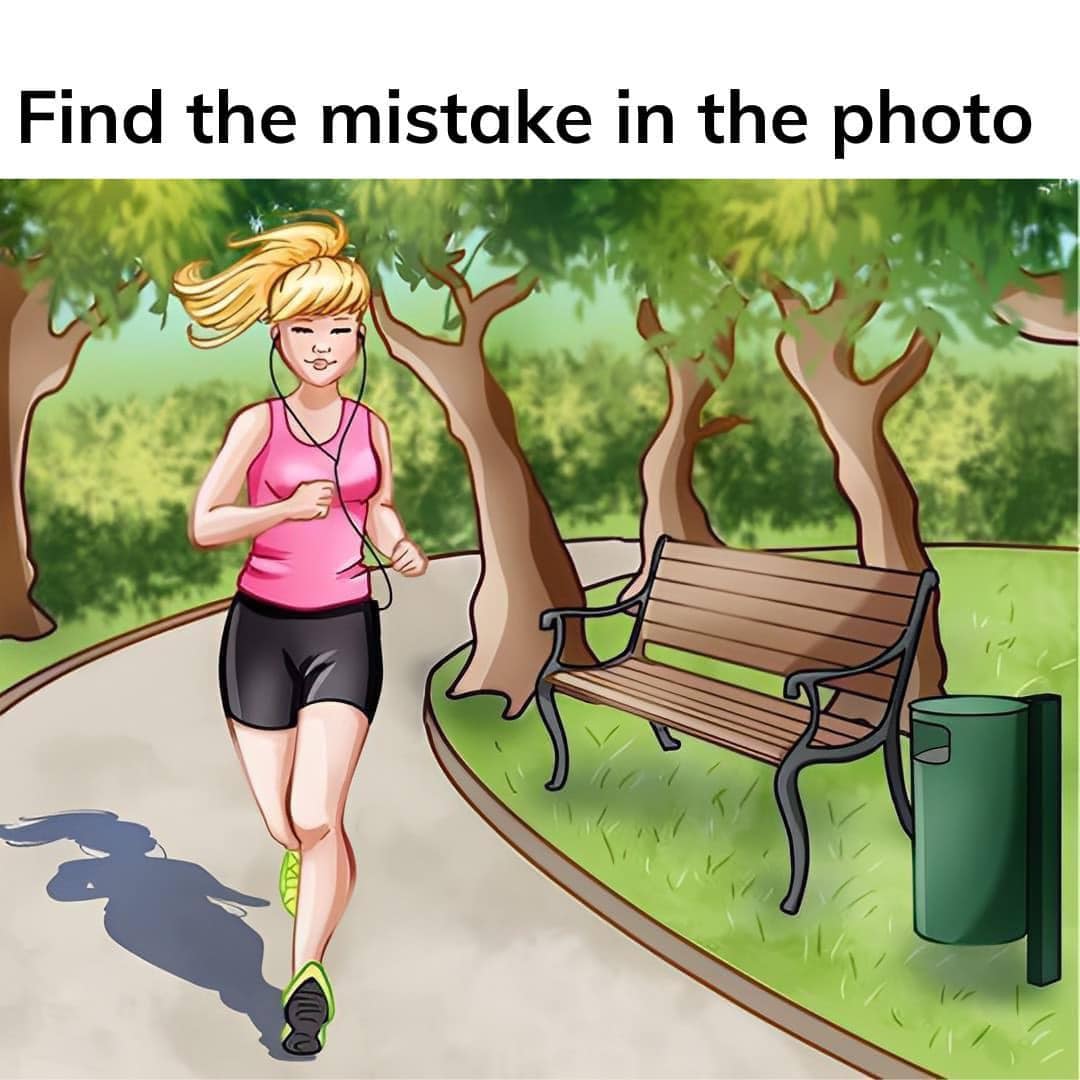Sometimes, the simplest puzzles leave even the brightest minds scratching their heads. One recent brain teaser has taken the internet by storm, challenging viewers to spot an elusive detail hidden in plain sight. The caption reads, “Not everyone can see it correctly,” and it’s no exaggeration.
At first glance, the image appears completely ordinary. But a closer look reveals something that doesn’t add up—and noticing it is harder than you’d think.

The Subtle Mystery That Defies Logic
The puzzle showcases a seemingly normal scene featuring a girl standing in a typical setting. At first, nothing appears unusual. But the question posed is deceptively simple: “What’s unusual here?”
The answer lies in an easily overlooked detail: only the girl has a shadow. Everything else—objects, surroundings, and other elements in the scene—is entirely shadowless.
This subtle inconsistency is so cleverly disguised that most people miss it, even after multiple attempts. It’s only when you consciously search for it that the irregularity becomes apparent.
Why This Puzzle Tricks Your Brain
What makes this brain teaser particularly challenging is the way our brains process shadows—or, more accurately, the way we take them for granted. Shadows are such a natural part of our environment that we rarely stop to consciously notice them. They exist in the background, providing depth and context without demanding attention.
When viewing an image like this, our minds instinctively focus on the more prominent features: objects, colors, and composition. We automatically expect shadows to be there, so we mentally “fill them in” without realizing it—even when they’re missing.
This automatic filtering is both a strength and a limitation of human perception. It allows us to process information quickly, but it also means we can overlook subtle inconsistencies like the missing shadows in this image.
What This Puzzle Teaches About Perception
This optical illusion serves as a powerful reminder of how our brains interpret the world. Humans are wired to recognize patterns and rely on expectations to make sense of our surroundings. While this ability is incredibly useful, it also creates blind spots.
In this case, the missing shadows break the subconscious rules we have about light and shadow. However, because they aren’t glaringly obvious, they evade our attention. This puzzle challenges us to question what we assume to be true and encourages us to examine the finer details of what we see.
How to Approach Puzzles Like This
The next time you’re faced with a tricky puzzle, resist the urge to rush to a solution. Instead, pause and take a moment to observe. Look at the big picture first, then focus on the smaller, less obvious details. Sometimes, the most significant clues lie not in what’s present but in what’s absent.
Remember, solving puzzles like this isn’t about having the sharpest mind—it’s about having the patience to look more carefully and think beyond the surface.
Why This Puzzle Captivates Us
Brain teasers like this remind us of the joy of discovery. That aha! moment when you finally notice the missing shadows is both satisfying and humbling. It shows us how easily we can be fooled by our own assumptions and encourages us to approach the world with fresh eyes.
So, the next time you encounter an optical illusion or a deceptively simple puzzle, take it as an opportunity to challenge your perception—and enjoy the journey of uncovering the unexpected.





